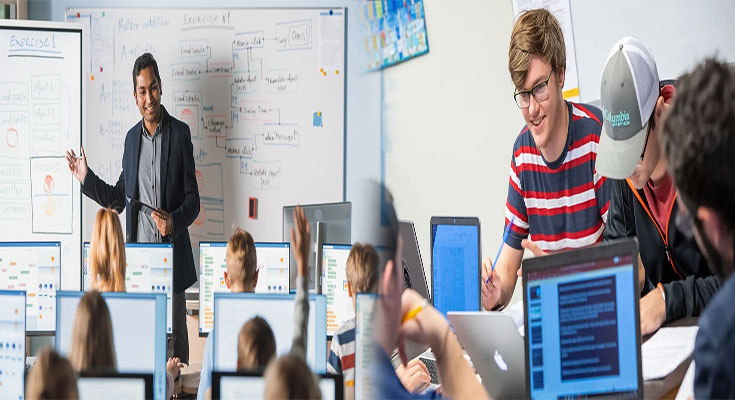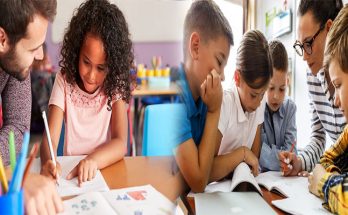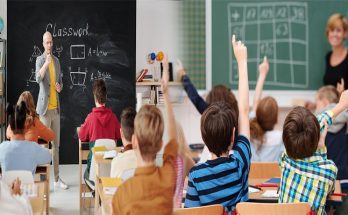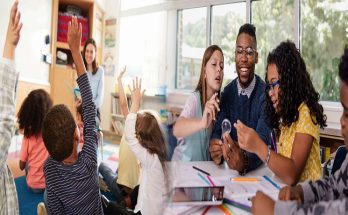In today’s world, technology plays a crucial role in every aspect of our lives, including education. Successful integration of technology in the classroom has the potential to enhance the learning experience, create more engaging and interactive lessons, and improve overall teaching effectiveness. Here are some ways in which technology can be integrated for modern teaching effectiveness:
Interactive Presentations
One way technology can promote modern teaching effectiveness is through the use of interactive presentations. Tools like PowerPoint, Prezi, and Google Slides allow teachers to create visually appealing and engaging presentations that can be customized to various learning styles. These presentations can be embedded with interactive elements like videos, quizzes, and links that promote active participation and student engagement. Interactive presentations not only enhance the delivery of content but also provide opportunities for formative assessment and feedback.
Digital Assessments
Digital assessments are another effective way of integrating technology into modern teaching practices. Online testing platforms allow teachers to create a wide range of assessments, including multiple-choice, short answer, and essay questions, and can provide instant feedback. Through analytics, teachers can also identify areas where students may be struggling and adjust their teaching approach accordingly.
Learning Management Systems
Learning management systems (LMS) can provide a centralized hub for teaching materials, resources, and assessments. Google Classroom and Edmodo are common LMS platforms used in classrooms. With a LMS, teachers can create, distribute, and manage assignments, provide feedback, and engage with students more efficiently. LMS can further help students keep track of deadlines, organize their coursework, share goals, and collaborate with peers.
Online Collaboration Tools
Collaboration is an essential skill in today’s workforce. To prepare students for success in the workforce, modern teaching effectiveness includes technology to promote collaborative learning. Technology tools like Google Docs, Padlet, and Flipgrid can empower students to collaborate on group projects, providing opportunities for feedback and discussion. Through such platforms the students can work together on documents, presentations, or video projects. Online collaboration tools can also add an interactive feature to distance learning.
Virtual Reality and Augmented Reality
Virtual reality and augmented reality technology add new dimensions to modern teaching effectiveness. It transforms the traditional rote memorization of concepts into interactive experiences, for example, the reconstruction of historical sites, virtual field trip, exploring science simulations, or providing insights from otherwise difficult-to-reach locations.
Flipped Classroom
The Flipped Classroom model is a new method of instruction in which learners study concept videos or lessons outside of traditional class time. For in-person or virtual class sessions, learning is applied hands-on or through collaborative projects which effectively leverages technology integration to enhance learning experiences.
Technology integration is a necessary component for modern teaching effectiveness. It opens up countless opportunities to engage students, improve learning outcomes, and create more innovative teaching methods. To effectively incorporate technology, teachers should identify the technologies, appropriate to their subject matter and implement them purposefully while considering the learners’ needs.





